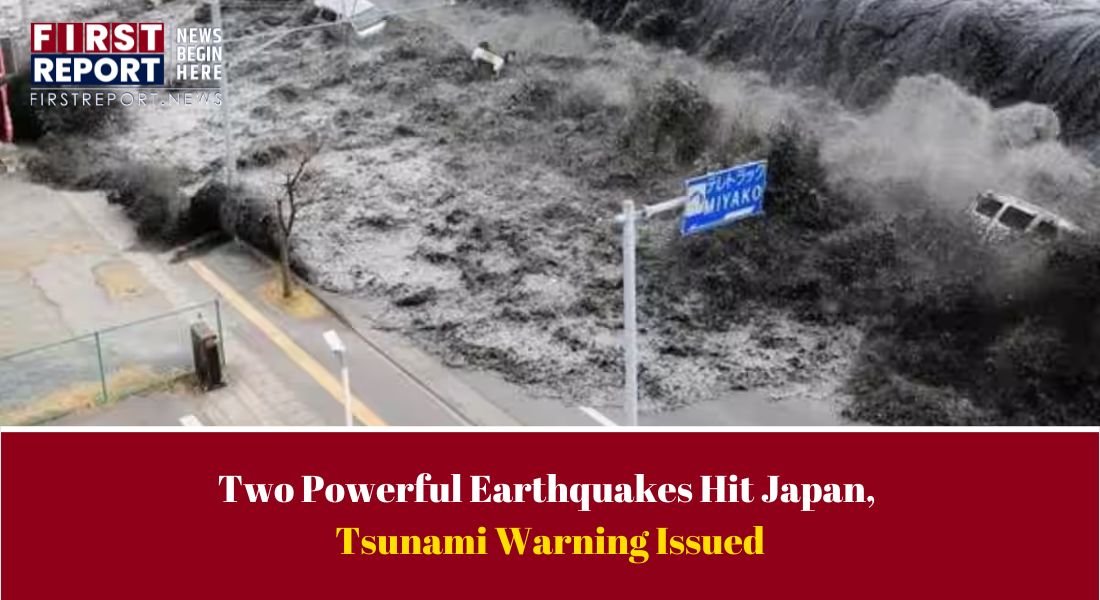Two powerful earthquakes struck Japan on Thursday; a tsunami warning was issued. The first quake measured 6.9 magnitude, followed closely by a more intense 7.1 magnitude tremor. These seismic events originated off the southern island of Kyushu, according to the US Geological Survey.
The Japan Meteorological Agency pinpointed the epicenter of the quakes off Kyushu’s eastern coast, at a depth of about 30 kilometers. In response to the situation, the agency issued a tsunami advisory, warning of waves up to 1 meter high along Kyushu’s southern coast and the nearby island of Shikoku.
Nuclear plants in both Kyushu and Shikoku are currently under inspection for potential damage. Reports of broken windows emerged from Miyazaki airport, near the quake’s epicenter.
Japan, situated on the Pacific “Ring of Fire,” a zone known for frequent seismic activity, is no stranger to earthquakes. Numerous tremors have marked the country’s history, including the devastating 2011 earthquake which caused widespread destruction and loss of life.
Tsunami: A sudden displacements of large volumes of water, typically in an ocean or large lake, cause a series of large waves called a tsunami.
Causes of Tsunamis
- Earthquakes
- Volcanic eruptions
- Landslides
- Meteorite impacts
Also Read: Organic Farming — Good or Bad


